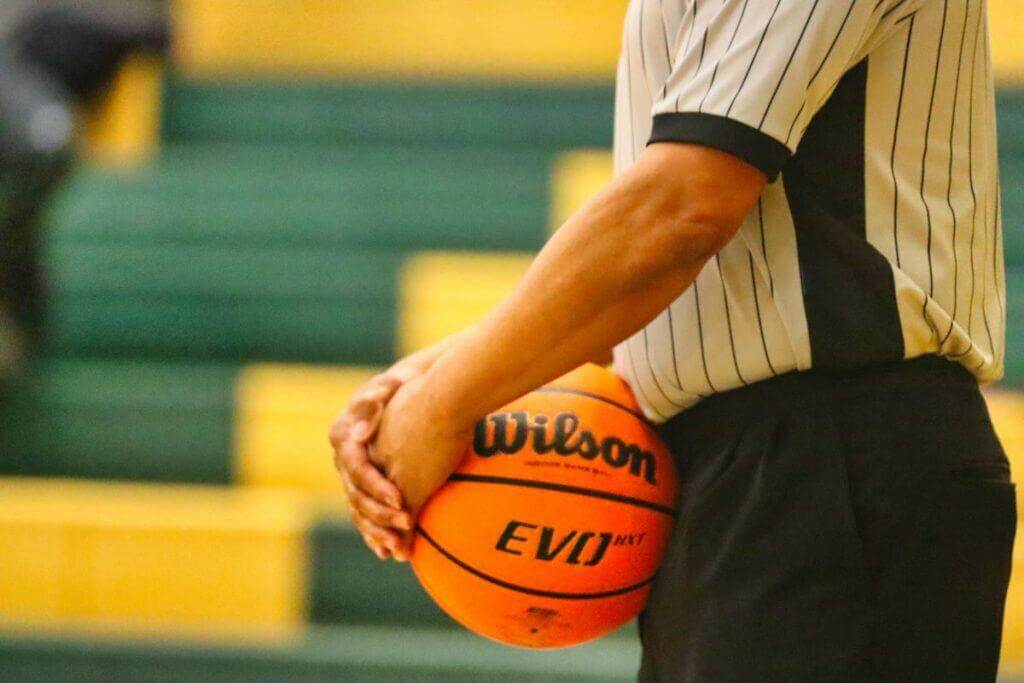Principal Basketball Rules

Basketball, a compelling amalgam of agility, strategy, and dexterity, is remarkably accessible as a sport. Its simplicity of setup—requiring only a spherical object, a stretch of terrestrial expanse or an indoor court, and the spirit of the players—makes it an enticing prospect. Additionally, the beauty of basketball lies in the adaptability of its foundational 5x5 rules, which can be seamlessly tailored to suit the context of the game in progress.
Shall we delve into the chronicles of basketball's rulebook?
The rhythm of the game is defined by four temporal divisions of 10 minutes each, interrupted by brief two-minute intervals. The exception being the halftime interlude between the second and third periods, which stretches to 15 minutes. In the event of a standoff at the conclusion of regulation time, the game extends to an overtime period of five minutes. The ebb and flow of these overtime segments continue until one team finally claims victory.
In terms of scoring, basketball offers a dual-tiered system. A successful shot attempted within the 6.25-meter demarcated zone is rewarded with two points. Beyond this zone, the reward ascends to three points. A solitary point is accorded for a successful free-throw attempt.
Engagement with the spherical protagonist, the ball, is bound by a set of rules. It is to be manipulated exclusively by the hands within the designated boundaries of the court. Deliberate foot interaction with the ball is considered a violation, resulting in a turnover to the opposition. Mobility with the ball is facilitated through dribbling—one-handedly bouncing the ball off the floor. A stopped dribble, or any contact with the ball using both hands, forbids further dribbling. Furthermore, movement beyond two steps without dribbling is not permitted.
The rectangular painted area beneath the basket, known colloquially as "the paint," imposes a temporal restriction. Players are prohibited from lingering within this area for more than three seconds.
Each possession demands the rapid formulation and execution of offensive strategies, as a stringent 24-second shot clock is set. Failure to release a shot within this timeframe results in a turnover. However, if a shot is attempted and misses, but the ball contacts the rim or backboard, and is subsequently retrieved by the shooting team, a fresh 24-second countdown commences.
Personal fouls, or infractions of the contact rules, are also defined. These involve illegal engagement with an opponent, such as impeding their movement or making contact via blocking, pushing, holding, charging, or hooking. The only legitimate barrier to an opponent's progress is the body; advancing into contact is forbidden. Moreover, leveraging any part of one's anatomy, be it arms, shoulders, hips, knees, or otherwise, to obstruct an opponent's movements is also deemed a violation.

